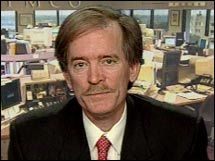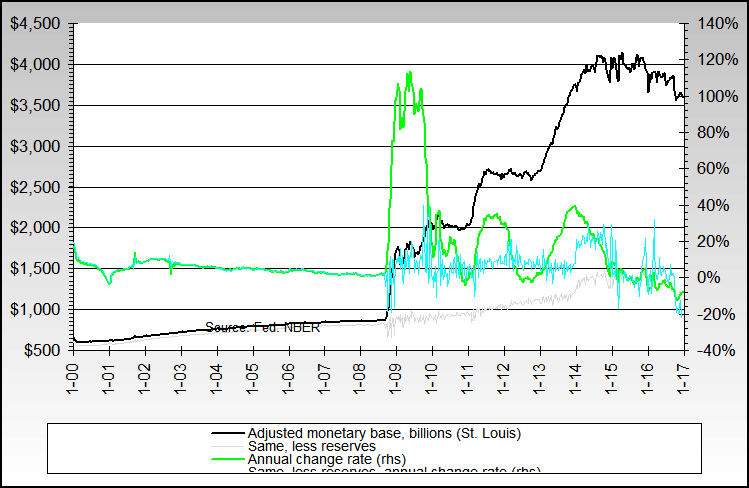Re: Inflation Peaks/Real-gdp Peaks/Interest Rates Peak
The S&L crisis (Resolution Trust) was the direct result of deregulation -(DIDMCA of March 31st 1980)
There are no working examples of Laissez-faire capitalism.
The Great Depression is a good example of "hands off" regulators.
The S&L crisis (Resolution Trust) was the direct result of deregulation -(DIDMCA of March 31st 1980)
There are no working examples of Laissez-faire capitalism.
The Great Depression is a good example of "hands off" regulators.




 :cool: :eek:
:cool: :eek: 





Comment